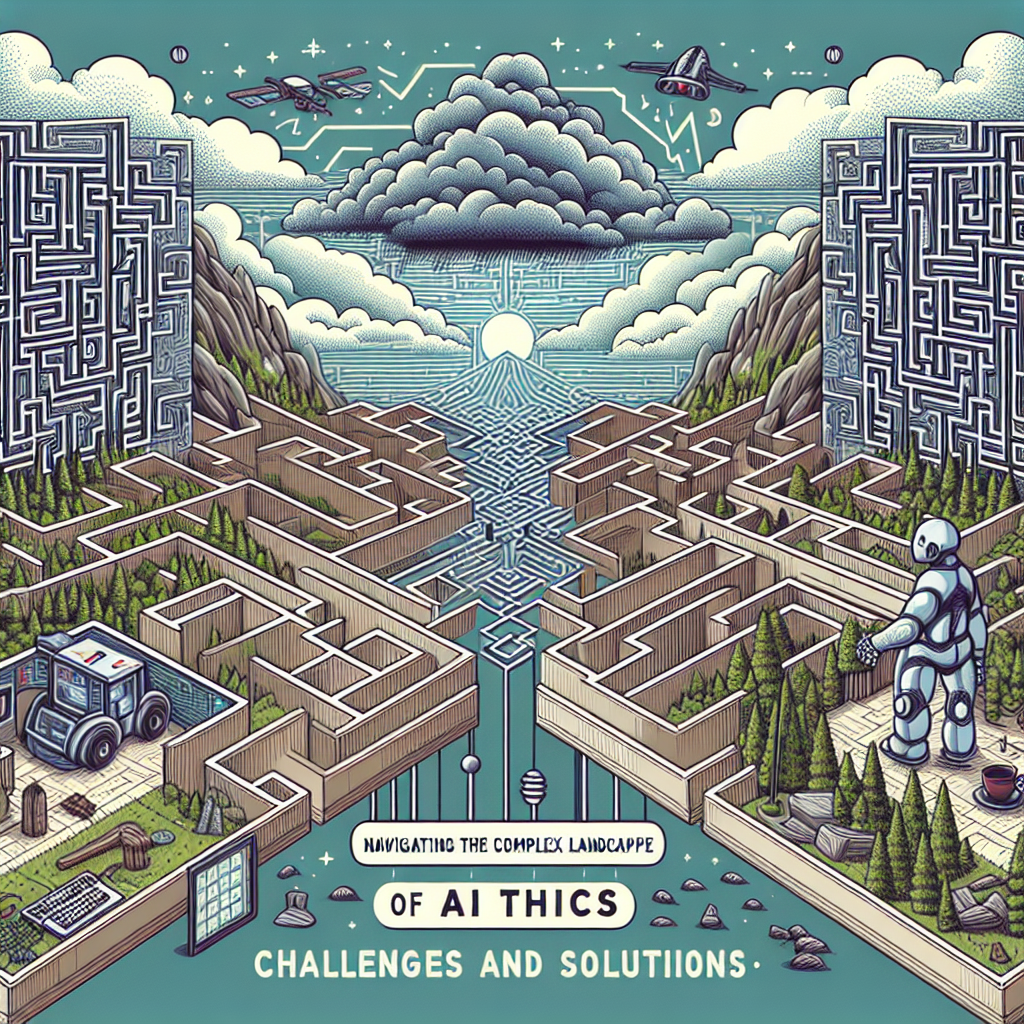Hey there, fellow tech enthusiasts! Today, let’s dive into a topic that’s as much about humanity as it is about technology: the ever-evolving landscape of AI ethics. It’s a conversation that feels like it’s happening everywhere nowadays, from the echoing halls of academia to the bustling offices of government agencies. But why is it, despite all this chatter, that the idea of “ethical AI” can seem so slippery and indistinct?
Imagine you’re building a bridge. You’ve got your blueprints, materials, budget, and timeline. Everything is straightforward and measurable. Engineers thrive in this environment of clarity and precision. Now, tell those same engineers to “build an ethical bridge.” Suddenly, you’re in a fog of ambiguity.
This exact sentiment was echoed by Beth-Anne Schuelke-Leech, who spoke at the recent AI World Government conference. She pointed out that ethics can feel like a fuzzy concept to engineers accustomed to dealing with black-and-white terms like “right” and “wrong.” “It can be difficult for engineers looking for solid constraints to be told to be ethical,” she noted. For many engineers, unless something is codified into a regulation or a standard, it remains an optional add-on, rather than a core requirement.
Schuelke-Leech brings a fascinating dual perspective to this matter. She started her career as an engineer and later transitioned into public policy, earning a PhD in social science. This unique blend allows her to navigate both the technical and social dimensions of AI. “Ethics isn’t an end outcome. It’s the process being followed,” she remarked. However, she still craves clear instructions: “I’m also looking for someone to tell me what I need to do my job, to tell me how to be ethical, what rules I’m supposed to follow, to take away the ambiguity.”
She’s hardly alone in this sentiment. The very essence of ethical AI was described as “messy and difficult” by Sara Jordan, a senior counsel with the Future of Privacy Forum. Jordan emphasizes the necessity for repeatable and rigorous ethical thinking in the context of AI development. But, you might ask, how do we get engineers—who are trained to think in logical, quantifiable terms—to embrace this complexity?
One solution may lie in education and integration. Ross Coffey of the US Naval War College observed that increasing “ethical literacy” among students could gradually instill more robust ethical frameworks. Meanwhile, Carole Smith from Carnegie Mellon University discussed demystifying AI to help foster appropriate levels of trust between humans and AI systems. For instance, people might overestimate what a Tesla Autopilot feature can do, assuming it’s fully autonomous rather than a system that still requires human oversight. Understanding these limitations is crucial.
While education is key, so too is collaboration across disciplines and borders. Engineering isn’t an isolated endeavor; it’s a cooperative effort where social scientists, ethicists, and technologists need to meet halfway. Schuelke-Leech aptly noted that engineers often “shut down” when faced with philosophical terms like “ontological.” This is where clear, accessible guidelines can make a real difference.
Yet, the challenge extends beyond individual projects or companies; it’s a global issue. As pointed out during the conference, aligning ethical AI principles across nations is no small feat. But initiatives like those from the European Commission are steps in the right direction, enforcing ethical standards and fostering international collaboration.
As we venture further into this tech-driven era, it’s clear that the journey toward ethical AI is ongoing and requires effort from all of us—engineers, policymakers, and citizens alike. So, dear readers, what are your thoughts on how we can make AI more ethical? Do you have any ideas or experiences to share? Drop a comment below, and let’s get this conversation rolling!
Take care, and keep innovating responsibly! 🌟
